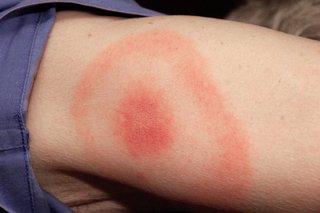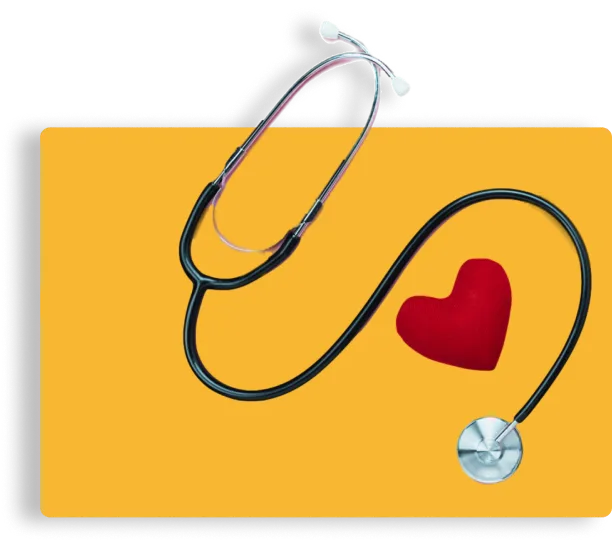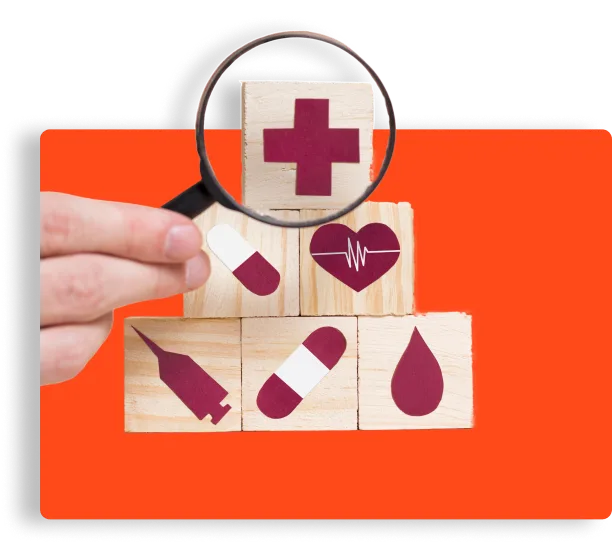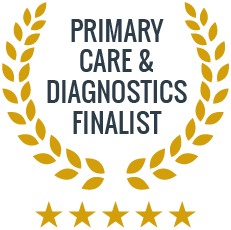
Medical Weight Loss Explained
A lot is said about medical weight loss but we are here to debunk the myths for you.

Find Out More


Urticaria, commonly known as hives, is a skin condition characterised by raised, itchy welts or bumps on the skin.
These welts can vary in size and appear anywhere on the body.
Urticaria is often triggered by an allergic reaction, but it can also be caused by various factors such as stress, infections, or certain medications.

Itchy, raised welts often appear as red or pale patches that may merge together.
Along with the welts, affected areas might experience swelling.
The duration of these symptoms can vary significantly, with the welts potentially coming and going, lasting anywhere from a few minutes to several hours or even days.
Urticaria can be triggered by a variety of factors. Allergens, such as certain foods, insect stings, or medications, are common culprits.
Physical factors, including heat, cold, pressure, or sunlight, can also provoke hives. Infections, whether viral or bacterial, may contribute to the condition as well.
Emotional or psychological stress is known to play a role in triggering or exacerbating urticaria too.


Our goal is to provide effective relief from the symptoms of urticaria and address the underlying causes. To achieve this, we offer a range of treatment options tailored to individual needs.
Antihistamines are commonly used to reduce itching and swelling, providing symptomatic relief. For more severe cases, corticosteroids may be prescribed to control inflammation and alleviate discomfort.
Additionally, identifying and avoiding known triggers is crucial in managing the condition. We also offer lifestyle adjustments, including recommendations for managing stress and addressing other contributing factors, to help prevent future outbreaks and improve overall well-being.
Managing urticaria involves medical treatment and lifestyle changes. We will help you create a tailored plan that may include:
Use our online booking engine or book your test by giving us a call.
On the online booking engine select the “appointment type” you need.
You will be seen by one of our friendly doctors or trained clinicians.

Note any previous occurrences of urticaria, known triggers, and any ongoing health conditions. List any medications or supplements you are currently taking. Track the frequency, duration, and severity of your hives, as well as any associated symptoms such as itching or swelling. If possible, try to avoid known triggers (e.g., certain foods, medications, stress) before the appointment to provide a clearer picture.

Explain your symptoms, their duration, and any patterns you have noticed. Mention any potential triggers and how they relate to your condition. The healthcare provider may perform a physical exam and may check for signs of other conditions. You might undergo allergy testing, blood tests, or skin tests to identify potential triggers or underlying causes.

Follow any care instructions provided by the healthcare provider. This may include using prescribed topical treatments, avoiding certain triggers, or making lifestyle changes. Take any prescribed medications or apply treatments as directed. Monitor your rash for changes or improvement.
Incorporated
in 1998
Experienced doctors & a professional team
Registration
not needed
Up-to-date with the latest treatments & testing
Strictly
confidential
Experienced doctors & a professional team
Affordable private
health care
Transparent fee structure with no hidden charges
We work with experienced consultants & healthcare professionals who have received positive feedback from our patients, and with whom we have established long-term relationships.
Latest Episode
Tune in to our podcast to explore the world of healthcare and learn from distinguished special guests. We cover everything from preventative measures to cutting-edge treatments so that you can stay informed and up-to-date on health-related things.

A lot is said about medical weight loss but we are here to debunk the myths for you.

Tourist in London and need a GP? Get fast, private care for illnesses, injuries, or lost medication. No registration needed.

With NHS appointments harder to access, many people are turning to private GPs for faster, more convenient care.
Subscribe for latest updates & news


From same-day private GP and blood test appointments to visa medicals, a sexual and reproductive health clinic, and preventative health screenings, we are here to help.
Contact Us
Accepted Insurance Companies






Please note that Walk-in Clinic is a private medical centre & not an NHS service. Harley Walk-in Clinic Ltd company registration no. 07472804